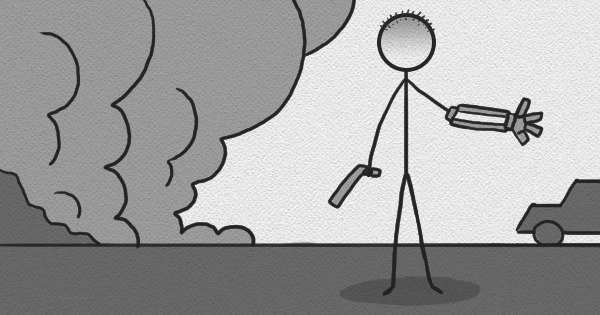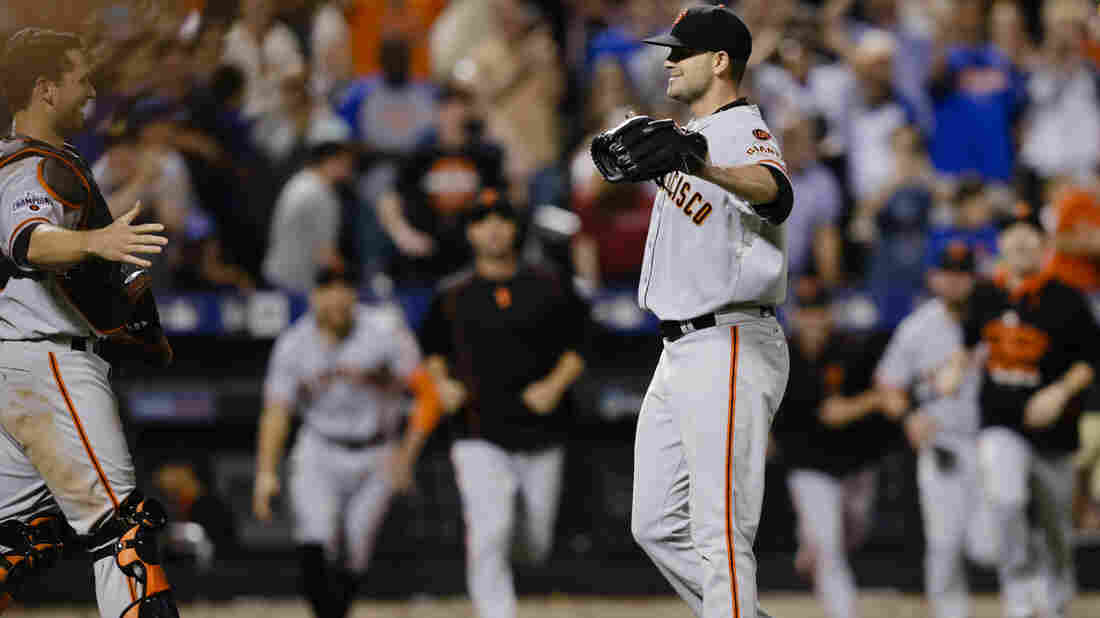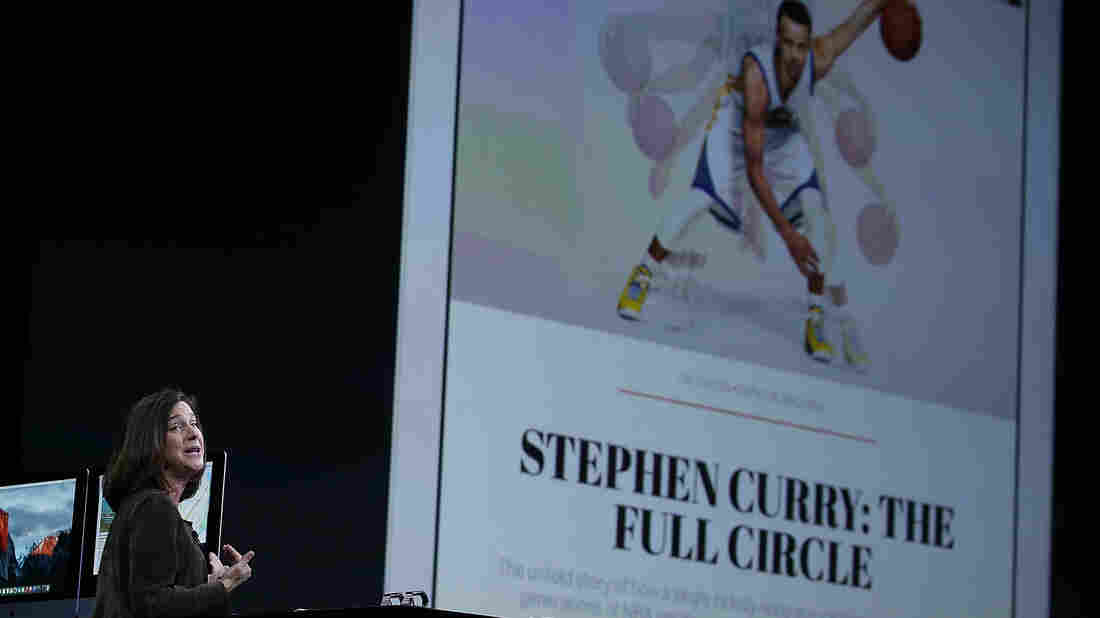San Francisco Giants catcher Buster Posey prepares to embrace Chris Heston after Heston threw a no-hitter against the New York Mets Tuesday in New York. The Giants won 5-0. Frank Franklin II/AP hide caption
itoggle caption Frank Franklin II/AP
Chris Heston couldn’t recall ever throwing a no-hitter, not in youth baseball, not in the minor leagues and certainly not in the majors. Now he was three outs away.
“I definitely threw more in the backyard than I have in real life, that’s for sure,” he said.
He plunked Anthony Recker on the left shoulder with his first pitch in the ninth inning. Then the 27-year-old rookie right-hander, filling a gap this year on the San Francisco Giants’ pitching staff, settled down again, working the strike zone in and out, up and down, just as he had with catcher Buster Posey all night long.
Making the 13th start of his big league career, Heston threw called third strikes past pinch-hitter Danny Muno, Curtis Granderson and Ruben Tejada, completing a 5-0 victory over the New York Mets on Tuesday night and the major leagues’ first no-hitter since Washington’s Jordan Zimmermann on the final day of the 2014 regular season.
Heston didn’t jump, didn’t raise his arms in triumph.
He walked calmly off the mound toward home plate and was hugged by catcher Buster Posey.
“I wasn’t too sure where to go after that last out,” Heston said in an aw-shucks manner, looking boyish despite a day or two of stubble.
Heston allowed three baserunners – all on hit batters. He also had a two-run single for his first big league RBIs and finished with two hits more than the injury-depleted Mets.
He took the ball from the final out with him, but didn’t have any designated place to display it. He doesn’t have a trophy case.
“I don’t have enough stuff for one,” he said.
The pitching-rich World Series champions have thrown a no-hitter in four straight seasons, with Heston following Matt Cain’s perfect game against Houston in 2012 and hitless gems by Tim Lincecum in 2013 and ’14. The only other team to accomplish that feat was the Los Angeles Dodgers – all by Sandy Koufax – from 1962-65.
And in an era of radar gun worship, Heston didn’t throw a pitch faster than 91 mph.
“It’s not always how hard you throw,” Giants manager Bruce Bochy said. “It’s your command. It’s your ability to mix up your pitches, keep them off balance, hit your spots, pitch to your defense. Sure, it’s nice to have that 95-99 (mph), but if you’re off a little bit, hitters are going to catch up with that, trust me.”
Heston (6-4) struck out 11 – six looking – and allowed just two balls into the outfield, flyouts by Wilmer Flores in the second inning and Michael Cuddyer in the seventh. The last pitch was a 91 mph sinker that froze Tejada.
As the Citi Field crowd of 23,155 gave Heston a standing ovation, Giants teammates came out of the dugout and bullpen to mob him.
Heston had been extra nervous going into the ninth.
“Attack the zone. Don’t let the nerves get to me. Just throw quality strikes,” he recalled. “Taking a little more deep breaths out there.”
Brandon Crawford made a backhand stop deep at shortstop and threw to first to retire Eric Campbell for the final out of the eighth.
“It took kind of an in-between hop. It wasn’t an easy one, for sure,” Crawford said. “That was about the toughest play of the game. Usually, there’s a really good play that saves a hit, or maybe some hard line drives right at somebody. But there really weren’t a lot of balls squared up.”
Heston hit Tejada just below the left shoulder with one out in the fourth, then grazed Lucas Duda’s uniform near his right thigh. Despite leading the NL East, the Mets are 25th among the 30 teams in runs, a dearth partly due to injuries to David Wright, Daniel Murphy and Travis d’Arnaud.
“Obviously, those guys would have helped tonight, there’s no question of that. But you don’t want to take anything away,” Cuddyer said. “He had a really good sinker and he kept everybody off balance with a couple of different kinds of breaking balls, curveballs, one obviously slower and one a little quicker, good slider.”
Heston threw 72 of 110 pitches for strikes in the 35th complete-game no-hitter by a rookie in major league history, according to STATS, the first since Boston’s Clay Buchholz in 2007.
Heston hit a two-run single in the fourth off Noah Syndergaard (2-4) and added another single in the eighth.
Angel Pagan hit an RBI groundout in the first, Matt Duffy homered in the sixth and Joe Panik hit a leadoff homer in the seventh off Dillon Gee, making his first relief appearance since 2011.
Heston had a long and slow path to the majors. A graduate of Bayside High School in Palm Bay, Florida, he went to Seminole Community College and East Carolina University, declining to sign when Minnesota selected him on the 47th round in 2007 and Washington on the 29th round the following year. San Francisco got him on the 12th round in 2009.
He was 1-5 that year for the Arizona Rookie League Giants and didn’t advance past Class A until 2012. He made his big league debut last Sept. 13 against the Los Angeles Dodgers but was sent to the minors on March 20.
“The numbers really got him more than anything,” Bochy said.
But when Cain started the season on the disabled list, Heston was brought up April 7. Before Tuesday, his only complete game was a two-hitter against Houston on May 12. Heston was knocked out in fourth inning against Pittsburgh in previous start.
“Honestly, I think it’s just a matter of him just kind of trying to find his way right now,” Posey said. “He’s still early in his career in establishing what type of pitcher he’s going to be. And it’s something that we all go through when we first get here.”
Bochy, who won his 700th game as Giants manager, had an easy night in the dugout through eight innings. Then Heston plunked Recker.
“I said, ‘Well, what’s going to happen if he hits the first three? Do I get him with a no-hitter?'” Bochy remembered.
No way. Old-school Bochy was going to let him keep on going.
“I think you know about my pitch count,” the manager said. “I watched Timmy throw close to 150, so he probably could have thrown 50 the last inning.”
When Heston returned to the Giants’ clubhouse, he was met by one last ovation, this time from all his teammates.
“It was awesome, to walk in and having the whole team sitting there, congratulating me,” he said. “Definitely a special moment. I’ll remember that forever.”
This entry passed through the Full-Text RSS service – if this is your content and you’re reading it on someone else’s site, please read the FAQ at fivefilters.org/content-only/faq.php#publishers.










